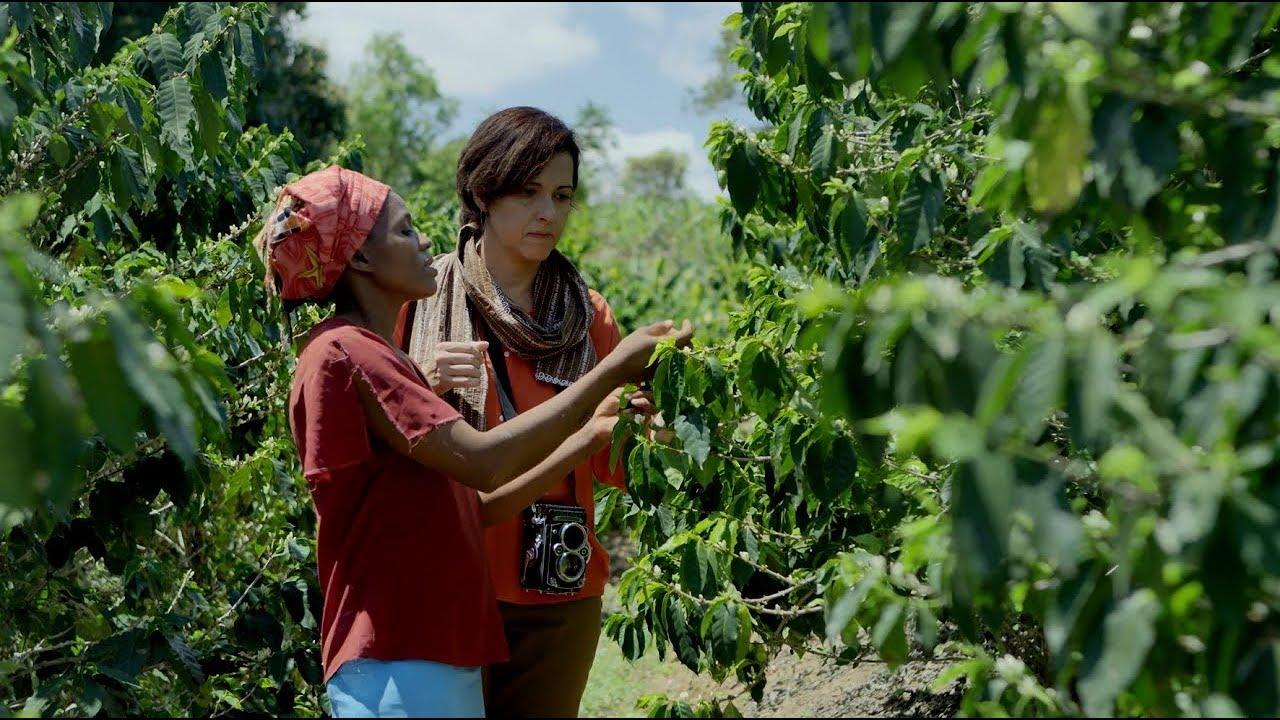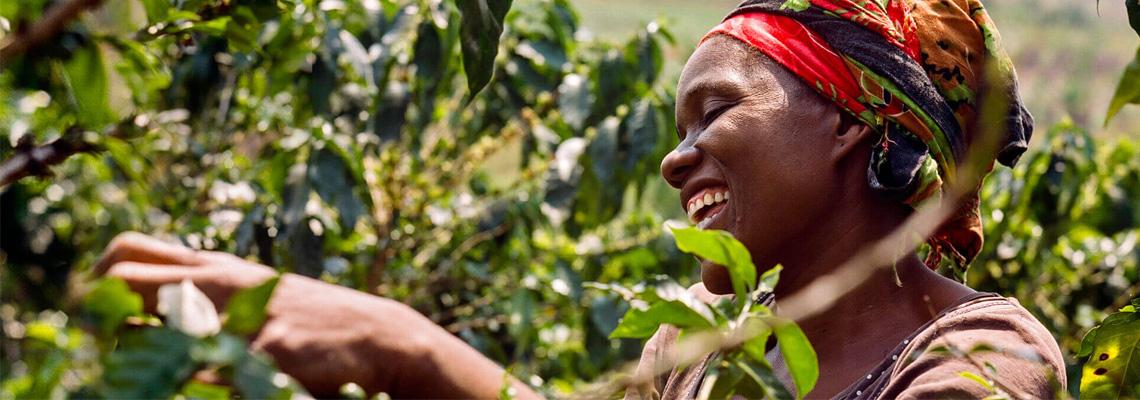Rena Effendi is an award-winning social documentary photographer and photojournalist, whose talent and passion has taken her to some of the world’s most remote rural communities. In her most recent editorial commission for National Geographic, Rena visited coffee farming regions in Zimbabwe and Caquetá, Colombia, to discover how Nespresso’s coffee-sourcing programme – the Nespresso AAA Sustainable Quality Program - is helping fragile communities to recover, and how the role of women in these developing economies is changing.
We caught up with Rena to talk about her career, the people she has photographed, and the shifting perceptions of women that she has observed. Speaking both personally, and looking through the lens of her camera.
What inspired you to become a photographer?
I had been studying painting for some time, but felt increasingly restless - sitting in the studio and struggling over a canvas all day. A friend of mine gave me a very bulky, old generation Nikon camera. I picked it up, put a roll of film in and soon realised I just couldn’t put it down! Everything felt right. It was magical. I loved the excitement of framing a shot and seeing what would come out of it. Going into the dark room, processing the film and then printing it on paper. And I felt like I needed to be on the street, interacting with people, learning their stories. It was like painting, except with real life and ‘real’ pictures. In fact, in my photography I am very much influenced by the Flemish Old Masters – their use of light, and the styling of their portraits. You could say I’m just a lazy painter!
Your profession has taken you to some of the world’s most remote communities. Have you experienced any challenges as a female photographer on such assignments?
The short answer is that, in my work, I am a photographer first and a woman second. In my experience, being a photographer, ‘armed’ with a camera, creates a kind of neutral space in which I can photograph men of authority, ask them to pose for me and they respectfully do what I ask. It is a peculiar dynamic and I have seen many men bend their rules because of my job.
For example, I visited a remote, mountain community in Azerbaijan when I was 8 months pregnant. It was a very traditional, patriarchal village. But while photographing daily life there, it dawned on me that nobody noticed my pregnancy, asked how many months along I was, or offered me a chair. Then I realised that, because I carried a camera, to them I was a person who had come with a purpose, and had the power to tell their story. The gender dynamics really changed. It was almost as though I couldn’t be both a woman and a photographer. The usual attitudes and customs towards women there did not apply to me. I was a kind of ‘alien’!
What has surprised you the most during the visits you have been on with Nespresso?
I had never even seen a coffee tree before and was very surprised to learn that coffee is in fact a cherry! I was also shocked by how much manual labour goes into the production process, and what an artisanal craft it is. You get a branch covered in cherries, from green to red, which all ripen at different times. You have to pick only the best red cherries, and a machine cannot do this. Then comes the whole drying and the pulping process, before the beans finally make it to a table where coffee specialists examine the sizes and shapes to pick the very best ones. There is human labour involved at every single stage.
What does a ‘typical’ day on assignment look like?
That depends which day! In Zimbabwe on the Nespresso project, for example, I would get up quite early because we only had sunlight until about 4.30pm. There were days when I went to see and talk to the farmers, and others when I would drive around, looking out of the window until I saw something interesting and say ‘Stop! let’s shoot this!’.



